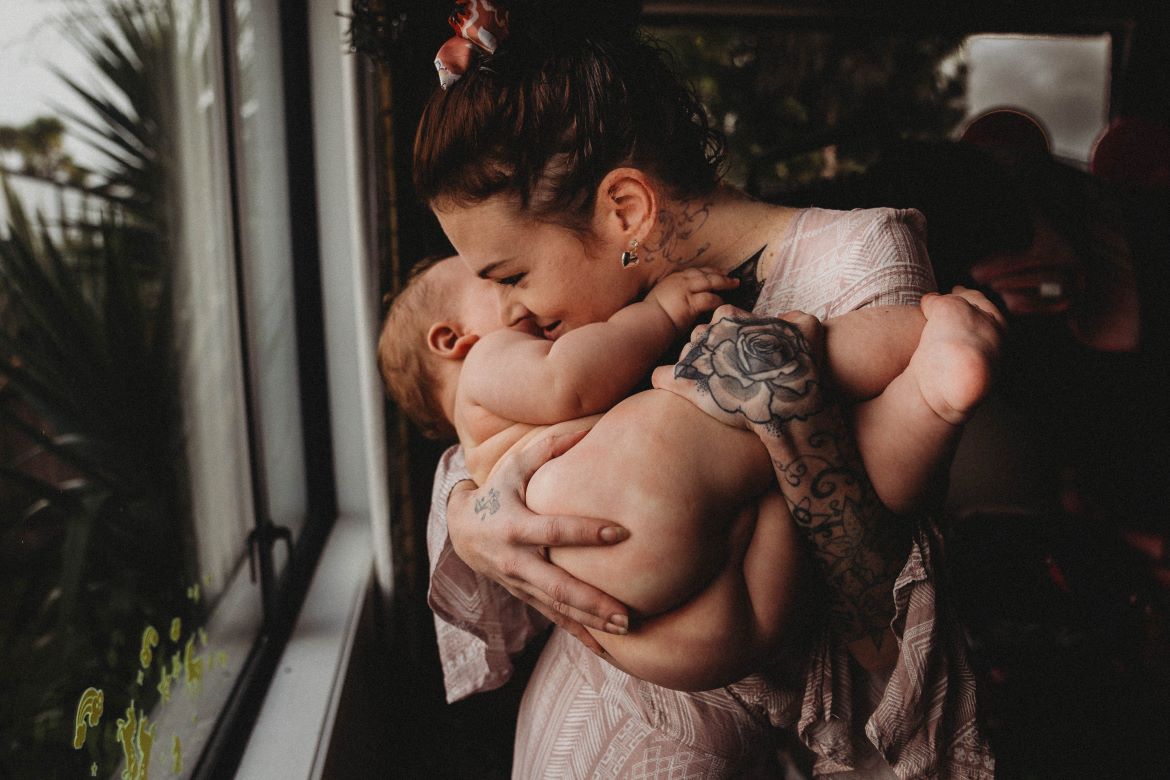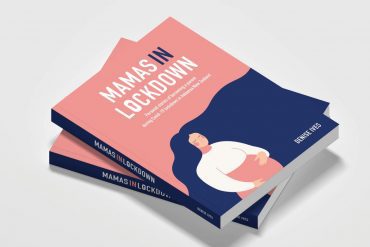By Mary Francell
My first child taught me what babies need. She was content only when I carried her. She nursed frequently, sometimes every twenty minutes – a great way to ensure she would be held.
While some infants are content to lie quietly, cooing at a dangling mobile, she would have none of it. As a new mother, I worried – was this normal? Would she be too dependent? Would this go on forever?
Yes, no and no. Today, she is an independent young woman in her twenties, living in a big city and working at a great job. Many friends who parented the same way tell similar stories.
Biologically, human infants are born expecting and needing to be held. A parent’s body regulates the newborn’s temperature and hormones, provides tactile and vestibular stimulation, and keeps baby safe.
Of course, this can sometimes be physically demanding for the baby holder.
In times past, and in some societies today, there were always arms ready to receive an infant if the primary parent needed a break.
But in modern Western culture, with single family homes, short maternity leaves, disapproving relatives and pop up ads plugging the latest innovation in carseats, bouncy seats and other baby buckets, how can we give our babies what they need? Here are some ideas:
Prepare a nest
Instead of focusing on cute linens and decorations for a nursery, think about how to make a comfortable place to hold your baby. Maybe a bolster or other firm cushion to lean back on in your bed and a pillow for under your knees? Do you have a good water bottle, a stash of healthy snacks, a place for your books, computer, tablet or phone?
If you have older children, assemble books and puzzles so you can cuddle and play while holding the baby. Be sure your nest is safe if you fall asleep – KellyMom has a good checklist. Often a mattress or firm pad on the floor is the safest and makes it easy for siblings to join you (and if you childproof the room, it will be a great place to relax when your baby begins to crawl and explore).
Adopt the lying-in tradition
Many cultures observe a “lying-in” period of about 40 days where the birthing parent relaxes and holds the baby. One Latin American tradition is called la cuarentena, (the quarantine). In Asia, it’s called “doing the month.”
Traditionally, relatives care for the new mother, feeding her certain foods such as chicken soup with ginger or hot chocolate. Often, warmth is emphasised by bundling up both baby and mum, and avoiding cold foods.
While you might not want to keep your head covered or drink gallons of soup, try to rest with baby as much as you can and accept all offers of help.
If anyone asks what they can do, have a list handy: drop off a meal, refill your water bottle, put in a load of laundry. Even if you haven’t given birth, this time to cuddle and bond is priceless.
In the early days, stay in your pajamas or keep a robe handy to signal to guests that you are resting, not entertaining. Leave a cooler on your front porch with a note encouraging visitors to drop off food if you don’t answer the door.
Some parents hire a postpartum doula for part of this period if relatives or friends aren’t readily available. If you go this route, be sure to avoid baby nurses, who care for the baby, not the parent.
If your partner fills this role, but has to return to work after a week or so, ask them to help you prep for the day. Simple things like preparing nutritious snacks and assembling a stack of diapering supplies can keep you comfortable with baby in your nest.











